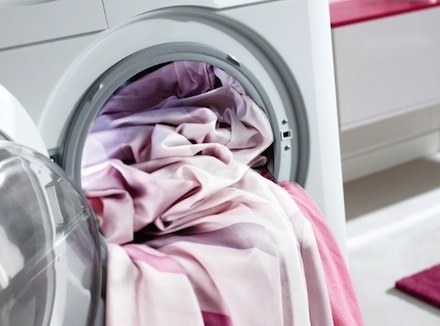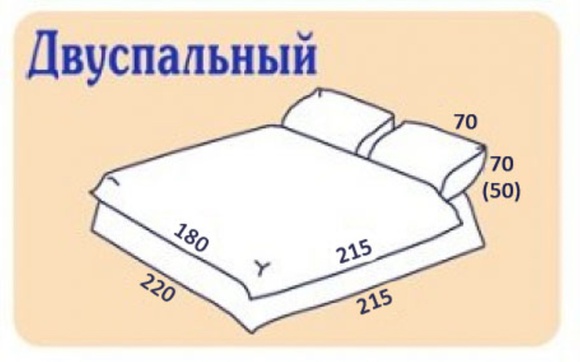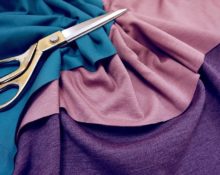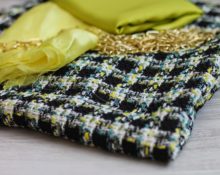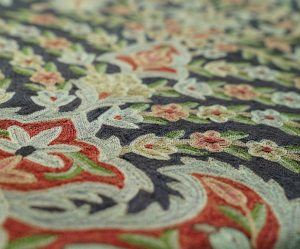
The name of the decorative material came to us from France. Tapestry fabric, the description of which often resembles the characteristics of a woven painting or a kind of lint-free carpet, is decorated with various ornaments. Sometimes the canvas contains images of ancient, biblical scenes. Previously, craftsmen created decorative tapestry material only by hand, which explained their extremely high cost.
When creating the design and the material itself, the main and transverse threads were intertwined. Previously, the composition of tapestry fabric certainly included silk and wool threads, and silver and gold were used for decoration. Experts with their own hands produced entire sets of woven paintings, united by a certain storyline. This work has always been classified as decorative and applied art and has been highly valued in the world. To this day, only very wealthy people can afford a tapestry woven by a master. In modern times, an alternative to expensive canvas has emerged - machine-made material. Most often it is used in furniture making.
What is a tapestry - definition
Tapestry is a durable, high-quality fabric that has a two-layer or three-layer structure. It's quite heavy. It is based on multi-colored threads intertwined using a unique technique. The abundance of shades and colors allows you to create beautiful designs, real works of art.
For the first time, information about what a tapestry is appeared many centuries ago. The ancient Egyptian pharaohs ruled in those days. Each product was created by hand by a master. Years later, the first looms appeared. They made it possible to simplify the process of creating products and expand the capabilities of specialists. Now the production technology is fully automated, but there are still specialists ready to make the tapestry themselves. But such work is very expensive.
Tapestry is a material that is named after two brothers from France. They were the first to open the production of decorative material with a dense structure. The brothers' surname is similar to the name of the fabric.
Tapestry fabric - what is it, composition
Jacquard weaving is used to produce multi-colored fabrics with beautiful images. Unique color compositions can be achieved by interlacing a number of warp threads of different colors with transverse standard threads. It is the foundation that sets the tone for the creation of the painting. The choice of yarn of different thicknesses helps to make the pattern structural. In tapestry fabric, the composition may vary, as well as the method of making the canvas itself:
- The main threads are placed on a special frame, tensioned well. Transverse threads are laid through them. During the work, the picture and the material itself are formed.
- Automated equipment produces the fabric while maintaining manual techniques and principles.
- To create fabrics, weaving looms that perform cross weaving are used.
What is a tapestry made of? Modern material is made from synthetic or natural fibers. It can be made from viscose, polyester, acrylic, cotton, silk or wool. Highest quality fabric composition:
- Cotton or linen threads. The natural composition allows you to make the canvas lighter.
- Tapestries made of lurex, silver and gold threads are true masterpieces that can decorate any room.
- Silk fibers are used to create elegant, chic products.
- Natural wool threads lend themselves well to dyeing and are durable. Sheep's wool works best.
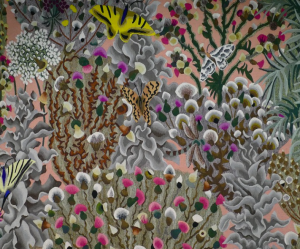
Tapestry - what is it, types of tapestry
There are many types of material that differ in their properties and characteristics. The structure of a modern canvas can consist of one, two or three layers. The mass of a material directly depends on its density. The fabric can be light, heavy or medium-heavy. According to design features, they are distinguished:
- Smoothly dyed tapestries;
- Melange;
- Fabrics with imitation embroidery patterns;
- With small or large drawings.
Depending on the weaving technique, single-sided and double-sided tapestry is distinguished.
Tapestry - what kind of fabric is it, what are its properties?
The main advantage of the material is its strength. The fabric can last for many years, maintaining its original appearance. The material is resistant to minor mechanical damage. When choosing a density, consider where the fabric will be used. For example, in the furniture industry and in interior design, fabric with a density of 250-350 grams per square meter is used.In the textile and clothing industries, the density should not exceed 180 grams per square meter.
Tapestries make beautiful pieces with beautiful folds. It does not wrinkle, retains its shape, thanks to the special properties of the fiber and the density of the material. The weaving technique also plays a significant role.
An important property of matter is color stability. Synthetic multi-colored threads perfectly preserve the brightness and contrast of colors. However, direct sunlight can still cause fading. The tapestry is not prone to deformation and can withstand washing very well. The fabric does not stretch or shrink.
Tapestry - where the fabric is used
Everything that is sewn from tapestry looks expensive and elegant. Modern designers and fashion designers actively use fabric to create bright images. Most often it is used in the following areas of activity:
- Creating fashionable images in the fashion industry. Tapestry clothing looks bold and stylish.
- Interior design. The fabric is used to make paintings, panels, carpets, bedspreads, curtains and pillows.
- Furniture sector. Tapestry sofas, armchairs and other upholstered furniture look elegant and expensive.
- Decorative elements. Suits, dresses, and outerwear are often decorated with canvas details. It makes original belts, bags, and cosmetic bags.
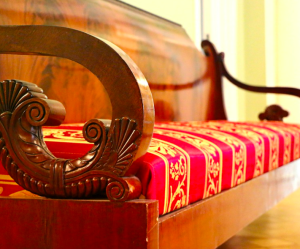
What does tapestry mean, how to properly care for the fabric
To increase the wear resistance of fabrics, there are special protective impregnations. It is better to clean furniture and other tapestry products using a dry method. The use of solvents and water has a negative effect on the fabric. Dirt, on the contrary, spreads throughout the product during wet cleaning.
If the product is made of synthetic fibers, it may fade.Therefore, it should be treated with a cotton swab or brush. Similar processing is recommended for wool and silk fabrics.
It is recommended to use dry cleaning services once a year to thoroughly clean the product. The fabric should not be left in direct sunlight. It is also advisable to avoid contact with water or humidity.


 0
0

